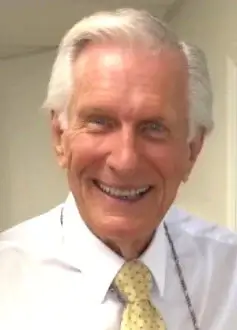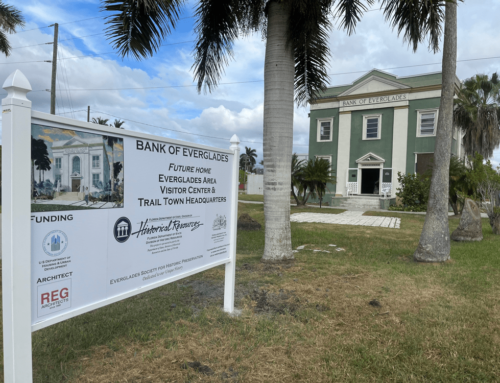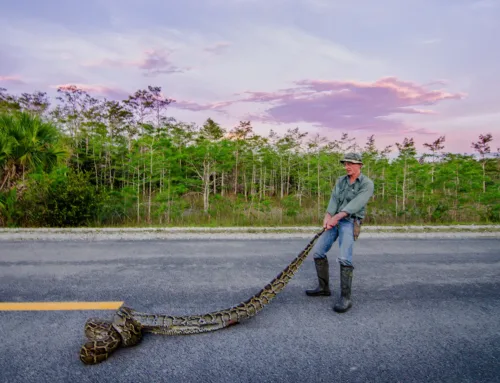Everglades City
by Rev. Bob Wallace
 It’s that time of year. Floridians boast of wearing shorts, flip flops and enjoying mild temperatures with blue skies. Well, maybe not this year. Something’s happened. It got cold! And it’s being blamed on Global Warming! South Florida is supposed to be one of the warmest places in Florida. That’s why people come from up North down to Naples, Ft. Lauderdale, Miami, and the Florida Keys because much of the Florida climate is subtropical that results in mild winters and hot, sunny summers.
It’s that time of year. Floridians boast of wearing shorts, flip flops and enjoying mild temperatures with blue skies. Well, maybe not this year. Something’s happened. It got cold! And it’s being blamed on Global Warming! South Florida is supposed to be one of the warmest places in Florida. That’s why people come from up North down to Naples, Ft. Lauderdale, Miami, and the Florida Keys because much of the Florida climate is subtropical that results in mild winters and hot, sunny summers.
However, some are calling this Global Weirding. Climatologists tell us there’s increasing evidence that climate change is what’s bringing us this weird weather. And they say it’s going to get worse! The drop in Florida’s temperature is but one example. The difference between rainfall and drought is another. It’s caused by what’s called the water cycle. That’s when water passes from vapor in the atmosphere to precipitation upon land or water and ultimately goes back into the atmosphere because of evaporation. Recently, a sudden downpour dropped two feet of rain in twenty-four hours on Ft. Lauderdale. That, together with unusually high tides, is causing insurance companies to raise their rates all over Florida. Everglades City and Chokoloskee are feeling the effects as well.
According to the National Oceanic and Atmospheric Administration (NOAA), El Niño, an irregular periodic variation in winds and sea surface temperatures over the tropical eastern Pacific Ocean, affects the climate of much of the tropics and subtropics here in Florida. A periodic climate pattern has grown since June and could match the strongest events ever on record for Winter in Florida.
El Niños normally mean cooler, stormier and wetter winters for Florida as the Jet Stream moves across the southern United States. Florida Today reports that Florida is experiencing a cold, rainy, and grey 2024 winter due to El Niño. And the weather pattern has brought chilly temperatures, gray skies, and rain. Central and South Florida usually get one or two inches above the eight to ten inches of winter rain the region sees in a typical non-El Niño winter. But this El Niño is shaping up to be one of the strongest in recent memory. During more extreme El Niño years, some parts of Central Florida can see five inches above average wintertime rain-fall. Increased rain and clouds during El Niño tend to result in cooler winter months in the Southeastern United States. Some studies suggest that might be the case in Florida during El Niño winters.
It’s worth noting, however, Florida is usually protected from extremely wintry conditions because of its geography and location. Water surrounds Florida on three sides. And these bodies of water are often warmer than land at night during the winter, which helps warm air masses that move in.
How long will this last? Who knows? The duration of the cold weather in Florida is not certain. However, according to a news article from NBC News Miami, the arctic blast will impact all of Florida. And it will be felt as far south as Homestead. Another news article that’s worth noting is from the Ft. Myers News-Press. Winter weather in Florida typically lasts from December to February with the peak of cold temperatures and ‘frozen iguana warnings’ in January. Roughly around two to three months, according to weather experts at the Florida Climate Center.
“Honey, I did say this was Florida. All you gotta’ do is wait a few more weeks. It will get here!”
Reverend Dr Bob N. Wallace
Everglades Community Church
https://evergladescommunity.church






